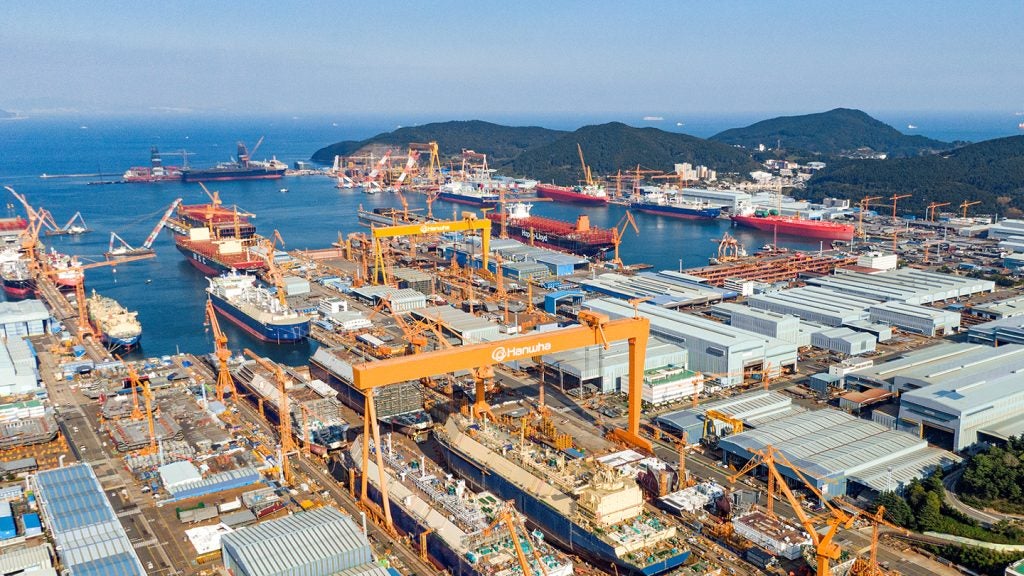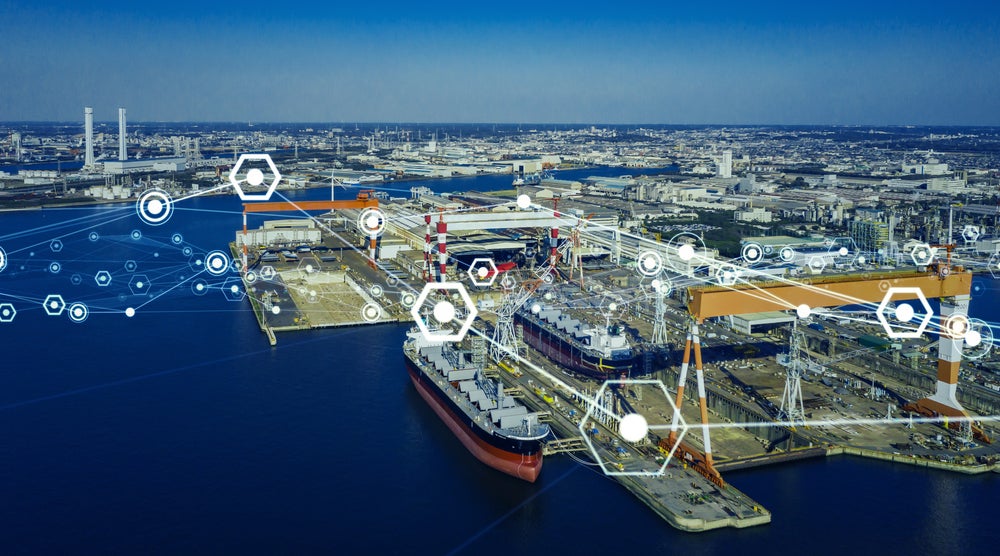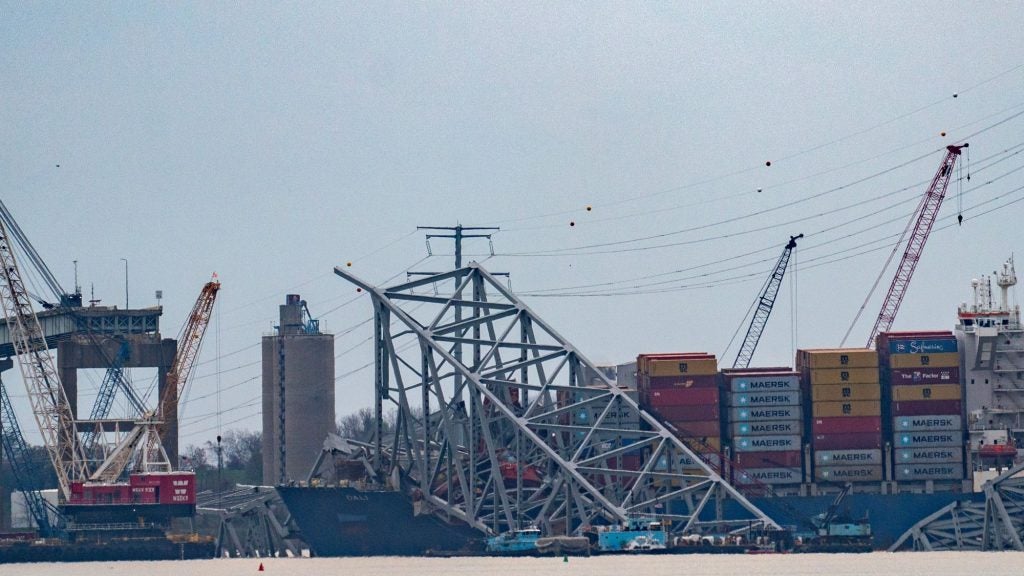Netherlands-based container terminal operating company APM Terminals is planning to invest $70m at the Port Elizabeth terminal, US, in order to prepare it for handling larger vessels travelling via the Panama Canal.
As part of the plan, the company will issue a private tender for construction of a new berth at the end of this year.
Once completed, the berth will be able to handle 13,000 twenty foot equivalent units (TEU) of vessels, expanding the entire capacity to 2.3 million TEU.
The construction of the new berth will also mark the first in a series of modernisation initiatives undertaken at the terminal.
APM Terminals CEO Kim Fejfer said: “We are an infrastructure leader and our investment in Port Elizabeth will ensure a state-of-the-art port that serves as a business generator between the United States and other economies.
See Also:
“We have developed strong relationships with clients, the port community and business leaders necessary to confidently expand our presence and invest for the future.”
How well do you really know your competitors?
Access the most comprehensive Company Profiles on the market, powered by GlobalData. Save hours of research. Gain competitive edge.

Thank you!
Your download email will arrive shortly
Not ready to buy yet? Download a free sample
We are confident about the unique quality of our Company Profiles. However, we want you to make the most beneficial decision for your business, so we offer a free sample that you can download by submitting the below form
By GlobalDataThe company said that last year, the Port of New York and New Jersey, located on the US East Coast handled 6.37 million TEU of container traffic.
Starting in 2014, the Port Authority of New York and New Jersey has committed a capital investment campaign to develop transportation infrastructure over a period of ten years.
Port Department for the Port Authority of New York and New Jersey director Molly Campbell said: “APM Terminals is an important service provider at the Port of New York and New Jersey.
“As one of the original container terminal operators at our Port we welcome APM Terminals continued investment in order to ensure that we remain a key gateway for the next generation of cargo ships.
“Modernising our port infrastructure is critical to our regional economy’s continued competitiveness.”
Currently, the Port Elizabeth facility handles over 2,100 trucks per day. Capable of handling 1.5 million TEU, it also deals with 4,000 terminal gate transactions and more than 500 vessel calls annually.







